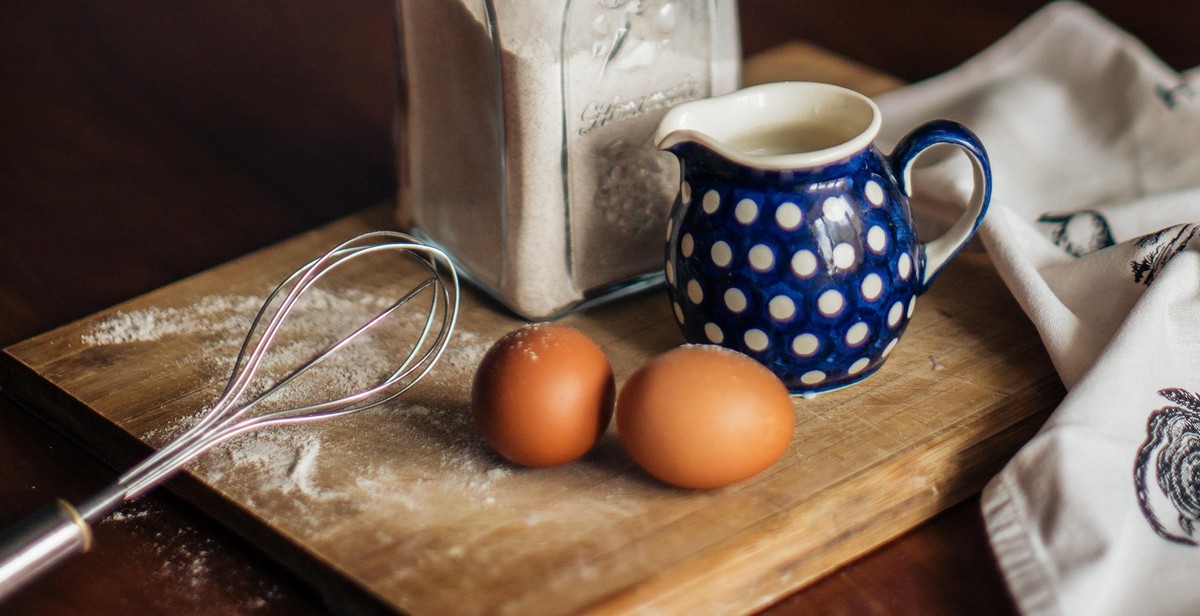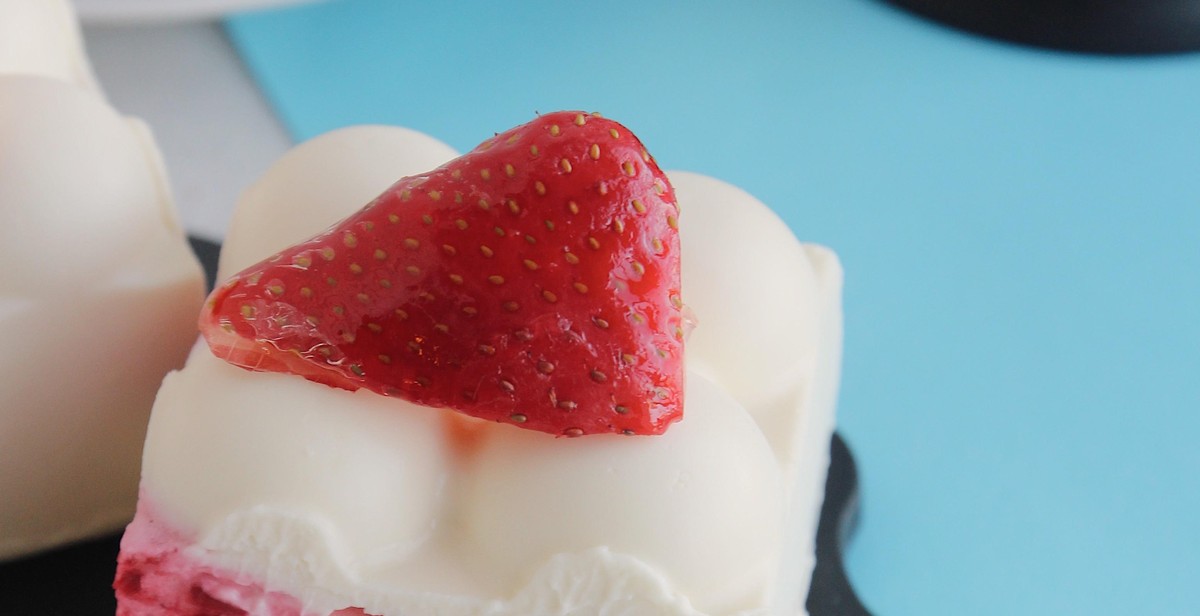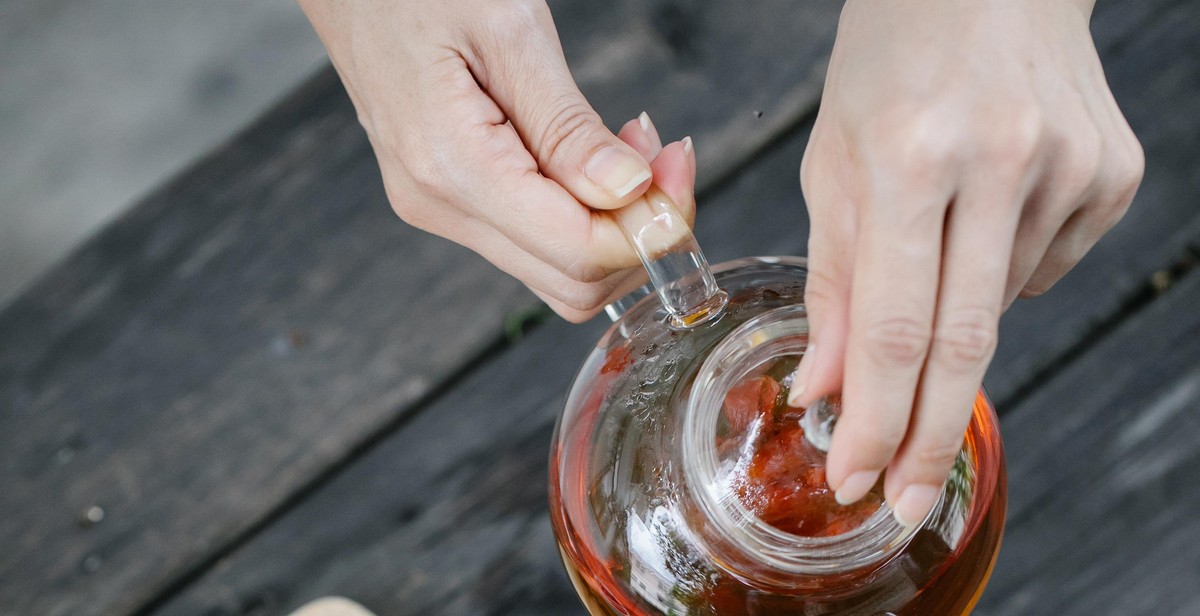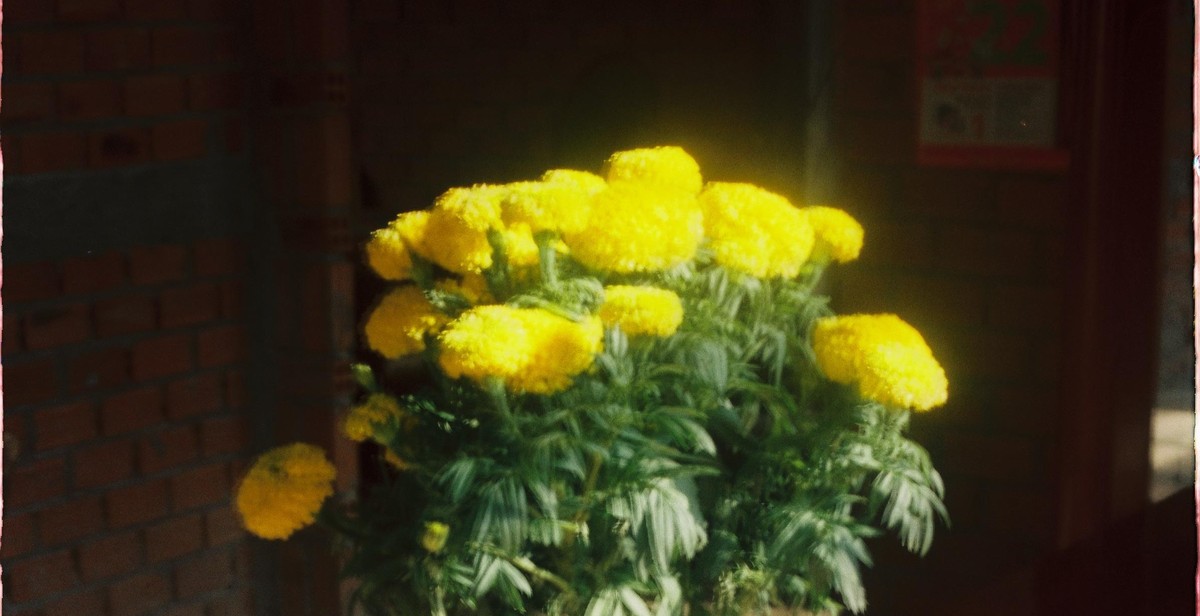How to Create a Tea Blending Station at Home
If you are a tea lover, you know the joy of a perfectly brewed cup of tea. But have you ever considered creating your own custom tea blends? With a tea blending station at home, you can experiment with different flavors and create unique blends that suit your taste.
Why You Need a Tea Blending Station at Home
A tea blending station is a dedicated space where you can create and store your own tea blends. It allows you to experiment with different flavors, herbs, and spices, and create blends that are tailored to your taste preferences. With a tea blending station at home, you can also:
- Save money by buying loose tea in bulk and creating your own blends
- Control the quality and freshness of your tea blends
- Create personalized gifts for friends and family
- Enjoy the therapeutic benefits of blending your own teas
Benefits of Having a Tea Blending Station at Home
Aside from the joy of creating your own custom tea blends, having a tea blending station at home has several benefits:
- Health Benefits: By creating your own tea blends, you can choose ingredients that have specific health benefits. For example, you can create blends that help with digestion, boost immunity, or promote relaxation.
- Environmental Benefits: By buying loose tea in bulk, you can reduce packaging waste and minimize your environmental impact.
- Social Benefits: Sharing your custom tea blends with friends and family can be a fun and social activity.
In the following sections, we will guide you through the steps to create your own tea blending station at home.

Setting Up Your Tea Blending Station
Before you start creating your own tea blends, it’s important to have a dedicated space for your tea blending station. Here are some tips for selecting the right space, choosing your equipment, and stocking up on ingredients.
Selecting the Right Space
Choose a space that is well-ventilated and free from strong smells, such as the kitchen or a spare room. Make sure the space is clean and organized so you can easily find your equipment and ingredients.
Choosing Your Equipment
Invest in quality equipment that will help you create the perfect blend. You’ll need a tea infuser, a tea kettle, a scale, and measuring spoons. You might also want to consider purchasing a mortar and pestle for grinding herbs and spices.
| Equipment | Price Range |
|---|---|
| Tea infuser | $5-$20 |
| Tea kettle | $20-$100 |
| Scale | $10-$30 |
| Measuring spoons | $5-$15 |
| Mortar and pestle | $15-$50 |
Stocking Up on Ingredients
When it comes to tea blending, the possibilities are endless. Start with a few basic ingredients and experiment with different flavors and combinations. Here are some essential ingredients to get you started:
- Black tea
- Green tea
- Herbs (mint, chamomile, lavender)
- Spices (cinnamon, ginger, cardamom)
- Dried fruit (lemon, orange, apple)
Make sure to store your ingredients in airtight containers to preserve their freshness. You might also want to label your containers to keep track of your blends.
Now that you have your space, equipment, and ingredients, you’re ready to start creating your own tea blends. With a little creativity and experimentation, you’ll soon discover your favorite flavors and blends.

Tea Blending Basics
Creating your own tea blends at home can be a fun and rewarding experience. However, before you start mixing and matching different tea types and flavors, it is important to understand the basics of tea blending.
Understanding Tea Types
There are several types of tea, including black, green, oolong, and white tea. Each type of tea has its own unique flavor profile and characteristics. Black tea is known for its bold and robust flavor, while green tea is lighter and more delicate. Oolong tea falls somewhere in between, with a slightly nutty flavor. White tea is the most delicate of all, with a subtle, sweet flavor.
When creating a tea blend, it is important to choose teas that complement each other in terms of flavor and strength. For example, you may want to blend a bold black tea with a lighter green tea to create a well-rounded flavor profile.
Getting Familiar with Flavor Profiles
Each tea has its own unique flavor profile, which is determined by factors such as the growing region, processing method, and brewing time. Some teas have floral or fruity notes, while others have earthy or nutty flavors.
Before you start experimenting with tea blends, it is important to get familiar with the flavor profiles of different teas. This will help you choose teas that complement each other and create a well-balanced blend.
Experimenting with Combinations
Once you have a good understanding of tea types and flavor profiles, you can start experimenting with different combinations. Start by blending small amounts of tea and taste-testing as you go. This will help you determine which teas work well together and which ones don’t.
You can also experiment with adding herbs, spices, and other flavorings to your blends. For example, you may want to add a touch of cinnamon or ginger to a black tea blend for a warm, spicy flavor.
Remember to keep track of your tea blends so you can recreate them in the future. You can also share your favorite blends with friends and family to enjoy together.

Creating Your Own Tea Blends
If you’re interested in creating your own tea blends, the process is relatively simple and can be a lot of fun. Here are the basic steps to get started:
Start with a Base Tea
The first step in creating your own tea blend is to choose a base tea. This will provide the foundation for your blend and will determine the overall flavor profile. Some popular base teas include black tea, green tea, white tea, and oolong tea. Each of these teas has a unique flavor and aroma, so choose one that you enjoy and that will complement the other ingredients you plan to add to your blend.
Add Flavorings and Herbs
Once you have your base tea, you can start adding additional flavorings and herbs to create a unique blend. Some popular flavorings include dried fruit, spices like cinnamon and ginger, and floral notes like lavender and rose petals. You can also add herbs like mint, chamomile, and lemongrass to add depth and complexity to your blend.
When adding flavorings and herbs, it’s important to start with small amounts and taste as you go. This will help you adjust the flavor to your liking and prevent overloading your blend with too many ingredients.
Adjusting the Flavor to Your Liking
Creating your own tea blend is all about experimentation, so don’t be afraid to adjust the flavor as you go. If your blend is too strong, try adding more of the base tea to balance it out. If it’s too weak, add more flavorings or herbs. You can also adjust the steeping time and temperature to bring out different flavors in your blend.
Remember to take notes as you experiment with different blends so you can recreate your favorite recipes in the future. And most importantly, have fun and enjoy the process of creating your own unique tea blends!

Storing and Labeling Your Tea Blends
Once you have created your tea blends, it is important to store them properly and label them correctly to ensure their freshness and potency. Here are some tips on how to store and label your tea blends:
Choosing the Right Containers
The container you choose to store your tea blends in can make a big difference in their freshness and flavor. It is recommended to use airtight containers made of glass, ceramic, or metal to keep your blends fresh for longer periods. Avoid plastic containers as they can absorb odors and flavors from the tea.
Glass Containers
Glass containers are a popular choice for storing tea blends as they do not absorb flavors or odors and are easy to clean. However, they are not always the best choice for long-term storage as they do not provide complete protection from light.
Ceramic Containers
Ceramic containers are a good choice for storing tea blends as they are airtight and provide good protection from light. They are also available in a variety of sizes and designs, making them a stylish addition to your tea blending station.
Metal Containers
Metal containers are a good option for long-term storage as they provide complete protection from light and are airtight. However, they can be more expensive than other options and may not be as visually appealing as glass or ceramic containers.
Labeling Your Blends
Labeling your tea blends is important for keeping track of what you have made and ensuring that you use them before they lose their freshness. When labeling your blends, include the name of the blend, the date it was made, and any other pertinent information such as brewing instructions or ingredients. You can use pre-made labels or create your own using a label maker or printable labels.
Storing Your Blends Properly
Store your tea blends in a cool, dry place away from direct sunlight and heat sources. Avoid storing them in the refrigerator as the moisture can affect the flavor of the tea. It is also important to keep your tea blends away from strong-smelling foods or spices that can affect their flavor.
| Container Type | Pros | Cons |
|---|---|---|
| Glass | Easy to clean, does not absorb flavors or odors | Does not provide complete protection from light |
| Ceramic | Airtight, provides good protection from light | May not be as visually appealing as glass containers |
| Metal | Provides complete protection from light, airtight | More expensive than other options |

Conclusion
Creating a tea blending station at home is a fun and rewarding experience that allows you to experiment with different flavors and create unique blends that suit your taste. With the right tools and ingredients, you can create a variety of teas that cater to your mood, health, and preferences.
Enjoying Your Homemade Tea Blends
One of the best things about creating your own tea blends is that you can enjoy them anytime you want. Whether you need a pick-me-up in the morning or a relaxing beverage before bed, you can brew your favorite blend and savor the flavors and aromas.
Moreover, homemade tea blends are healthier and more natural than store-bought teas, as you can control the quality and quantity of the ingredients. You can also customize the blends to suit your dietary needs, such as adding herbs and spices that boost your metabolism, immunity, or digestion.
Sharing Your Blends with Others
Another benefit of creating a tea blending station at home is that you can share your blends with friends and family. You can surprise them with a unique and thoughtful gift that shows your creativity and care.
You can also host a tea party or a tasting session and invite your guests to try your blends and give feedback. This can be a fun and engaging activity that sparks conversations and creates memories.
Overall, creating a tea blending station at home is a simple and enjoyable way to elevate your tea-drinking experience and explore your creativity. So, gather your ingredients and tools, and start blending!
